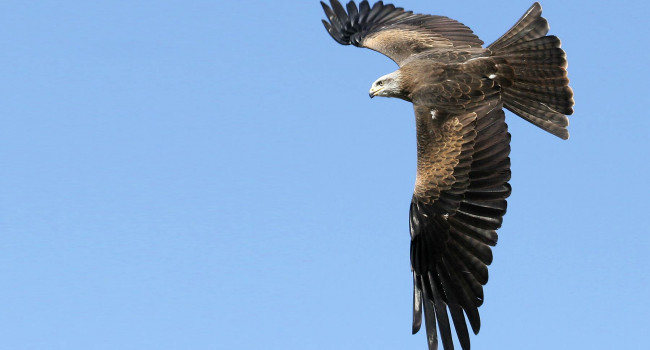A global threats overview for Numeniini populations: synthesising expert knowledge for a group of declining migratory birds

Author(s): Pearce-Higgins, J.W., Brown, D.J., Douglas, D.J.T., Alves, J.A., Bellio, M., Bocher, P., Buchanan, G.M., Clay, R.P., Conklin, J., Crockford, N., Dann, P., Elts, J., Friis, C., Fuller, R.A., Gill, J.A., Gosbell, K., Johson, J.A., Marquez-Ferrando, R., Masero, J.A., Melville, D.S., Millington, S., Minton, C., Mundkur, T., Nol, E., Pehlak, H., Piersma, T., Robin, F., Rogers, D.I., Ruthrauff, D.R., Senner, N.R., Shah, J.N., Sheldon, R.D., Soloviev, S.A., Tomkovich, P.S. & Verkuil, Y.I.
Published: March 2017
Journal: Bird Conservation International Volume: 27
Article No.: doi:10.1017/S0959270916000678
Digital Identifier No. (DOI): 10.1017/S0959270916000678
The study synthesised expert knowledge to determine the severity of various threats both in the breeding and non-breeding sites of the birds across all the major global flyways. Threats differed between the breeding sites and non-breeding sites, and also between different populations of the same species across the globe. This is most likely due to the fact that populations are scattered across continents, with large distances between breeding and non-breeding sites meaning that the habitats in these areas and the issues affecting them can be very different. The factor with the greatest impact on population was the increase of large-scale development on important habitats, particularly in East Asia, Europe and the Americas, but climate change, hunting, pollution and the rise of intensive agriculture may also contribute to the decline. Numeniini populations face the greatest number of non-breeding threats in the East Asian-Australasian Flyway, especially those associated with coastal reclamation. Threats on the breeding grounds were greatest in Central and Atlantic Americas, East Atlantic and West Asian flyways. The planet’s growing human population means many of these threats have noticeably increased in scale and severity in recent years.
The authors identified three three priority actions associated with monitoring and research: monitoring breeding population trends, deploying tracking technologies to identify migratory connectivity, and monitoring land-cover change across breeding and non-breeding areas. Two further priority actions focused on conservation and policy responses: identifying and effectively protecting key non-breeding sites across all flyways (particularly in the East Asian- Australasian Flyway), and implementing successful conservation interventions at a sufficient scale across human-dominated landscapes for species’ recovery to be achieved. If implemented urgently, these measures in combination could to alter the current population declines of many Numeniini species and provide a template for the conservation of other groups of threatened species. While it is essential to strike a balance between people's economic needs and those of Numeniini, the future of the tribe depends on an international effort to invest in research, monitoring and targetted conservation action.







Share this page